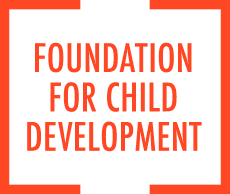https://www.fcd-us.org/demographic-change-and-the-life-circumstances-of-immigrant-families/
Several major demographic shifts over the past half-century have transformed who we are and how we live in this country in many ways. Most striking, however, is the fact that children today are much more likely to be a member of an ethnic or racial minority group. Racial/ethnic minorities are destined, in aggregate, to become the numerical majority within the next few decades. This article presents a wide range of statistics reflecting cultural, family, social, economic, and housing circumstances across various race/ethnic and country-of-origin groups.
-
Children in immigrant families are much less likely than children in native-born families to have only one parent in the home, and they are nearly twice as likely as those in native-born families to be living with grandparents, other relatives, and non-relatives.
- Parental educational attainment is perhaps the most central feature of family circumstances relevant to overall child well-being and development, regardless of race/ethnicity or immigrant origins.
- Children in immigrant families were only slightly less likely than children in native-born families to have a father who worked during the past year, but many of their fathers worked less than full-time year-round.
- Official poverty rates for children in immigrant families are substantially higher than for children in native-born families (21% versus 14%).
